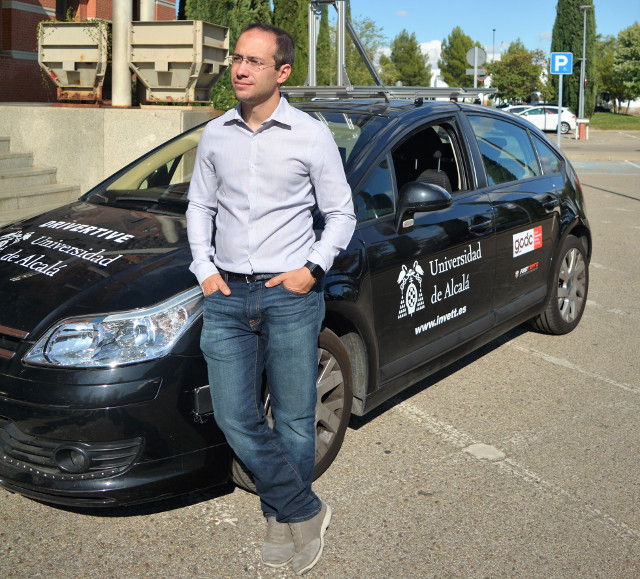Fail-Aware LIDAR-Based Odometry for Autonomous Vehicles
Autonomous driving systems are set to become a reality in transport systems and, so, maximum acceptance is being sought among users. Currently, the most advanced architectures require driver intervention when functional system failures or critical sensor operations take place, presenting problems related to driver state, distractions, fatigue, and other factors that prevent safe control. Therefore, this work presents a redundant, accurate, robust, and scalable LiDAR odometry system with fail-aware system features that can allow other systems to perform a safe stop manoeuvre without driver mediation. All odometry systems have drift error, making it difficult to use them for localisation tasks over extended periods. For this reason, the paper presents an accurate LiDAR odometry system with a fail-aware indicator. This indicator estimates a time window in which the system manages the localisation tasks appropriately. The odometry error is minimised by applying a dynamic 6-DoF model and fusing measures based on the Iterative Closest Points (ICP), environment feature extraction, and Singular Value Decomposition (SVD) methods. The obtained results are promising for two reasons: First, in the KITTI odometry data set, the ranking achieved by the proposed method is twelfth, considering only LiDAR-based methods, where its translation and rotation errors are 1.00% and 0.0041 deg/m, respectively. Second, the encouraging results of the fail-aware indicator demonstrate the safety of the proposed LiDAR odometry system. The results depict that, in order to achieve an accurate odometry system, complex models and measurement fusion techniques must be used to improve its behaviour. Furthermore, if an odometry system is to be used for redundant localisation features, it must integrate a fail-aware indicator for use in a safe manner.
Recommended citation:
@Article{s20154097, AUTHOR = {García Daza, Iván and Rentero, Mónica and Salinas Maldonado, Carlota and Izquierdo Gonzalo, Ruben and Hernández Parra, Noelia and Ballardini, Augusto and Fernandez Llorca, David}, TITLE = {Fail-Aware LIDAR-Based Odometry for Autonomous Vehicles}, JOURNAL = {Sensors}, VOLUME = {20}, YEAR = {2020}, NUMBER = {15}, ARTICLE-NUMBER = {4097}, URL = {https://www.mdpi.com/1424-8220/20/15/4097}, ISSN = {1424-8220}, ABSTRACT = {Autonomous driving systems are set to become a reality in transport systems and, so, maximum acceptance is being sought among users. Currently, the most advanced architectures require driver intervention when functional system failures or critical sensor operations take place, presenting problems related to driver state, distractions, fatigue, and other factors that prevent safe control. Therefore, this work presents a redundant, accurate, robust, and scalable LiDAR odometry system with fail-aware system features that can allow other systems to perform a safe stop manoeuvre without driver mediation. All odometry systems have drift error, making it difficult to use them for localisation tasks over extended periods. For this reason, the paper presents an accurate LiDAR odometry system with a fail-aware indicator. This indicator estimates a time window in which the system manages the localisation tasks appropriately. The odometry error is minimised by applying a dynamic 6-DoF model and fusing measures based on the Iterative Closest Points (ICP), environment feature extraction, and Singular Value Decomposition (SVD) methods. The obtained results are promising for two reasons: First, in the KITTI odometry data set, the ranking achieved by the proposed method is twelfth, considering only LiDAR-based methods, where its translation and rotation errors are 1.00 % and 0.0041 deg/m, respectively. Second, the encouraging results of the fail-aware indicator demonstrate the safety of the proposed LiDAR odometry system. The results depict that, in order to achieve an accurate odometry system, complex models and measurement fusion techniques must be used to improve its behaviour. Furthermore, if an odometry system is to be used for redundant localisation features, it must integrate a fail-aware indicator for use in a safe manner.}, DOI = {10.3390/s20154097} }
Recommended citation: s20154097
Download Paper
